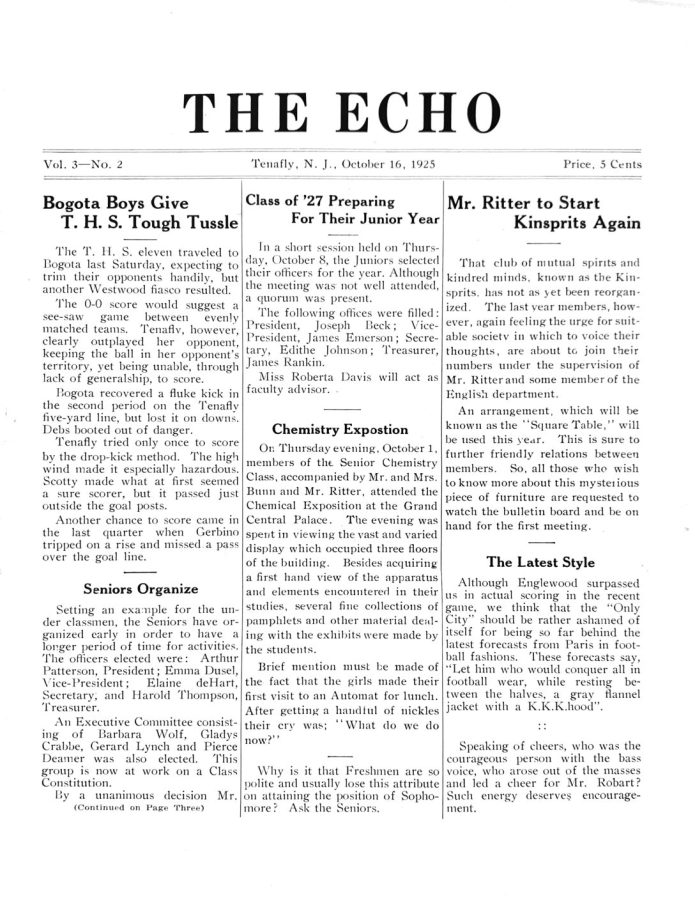On Wednesday, January 17th, NASA scientists announced the discovery of the oldest and most distant black hole ever discovered in our universe. The supermassive black hole has been lurking in our universe for a whopping 13 billion years now and has been eating up its host galaxy, GN-z11, ever since. By combining data from two of NASA’s main telescopes, the James Webb Telescope and the Chandra X-Ray Observatory, a team of scientists and researchers were able to determine that this black hole had signs of expanding just 470 million years after the Big Bang. The James Webb Space Telescope has powerful cameras that act like a time machine, enabling it to peer billions of years into the past to make observations and discoveries about our early universe.
Following Webb’s findings, NASA’s Chandra X-Ray Observatory spent two weeks observing the galaxy. It discovered the presence of “intense, superheated, X-ray emitting gas in the black hole’s host galaxy” – a trademark sign used for identifying growing supermassive black holes. “The light from the galaxy and the X-rays from gas around its supermassive black hole are magnified by about a factor of four by intervening matter in Abell 2744 (due to gravitational lensing), enhancing the infrared signal detected by Webb and allowing Chandra to detect the faint X-ray source.”
This newly discovered black hole is a bit different from conventional black holes. Astronomers believe that supermassive black holes found in the center of galaxies spent billions of years growing to scale up to their current size, according to the University of Cambridge. But, the progression of this black hole could be determined by two unexpected realities: the black hole could have been “born big” right from the start or could have grown at a rate five times faster than typical galaxy-centered black holes. “This black hole is essentially eating the [equivalent of] an entire sun every five years,” Maiolino from Cambridge’s Cavendish Laboratory and Kavli Institute for Cosmology told NPR. “It’s actually much higher than we thought could be feasible for these black holes.”
Despite significant efforts displayed by a multitude of sources, the bulk of the credit goes to the James Webb Space Telescope at the end of the day. Ever since it was launched on Christmas Day in 2021, its performance has been nothing short of exceptional ever since. In James Webb’s two years, it has given us incredible insights into our solar system and the innumerable celestial objects that reside in it. “It’s a new era: the giant leap in sensitivity, especially in the infrared, is like upgrading from Galileo’s telescope to a modern telescope overnight,” Maiolino said.
As of how things are going right now, it definitely seems like this black hole discovery is only the beginning of our vision for future space exploration. With our continued, forward mindset and our increasing commitment to space exploration, anything is possible.

















































































































































